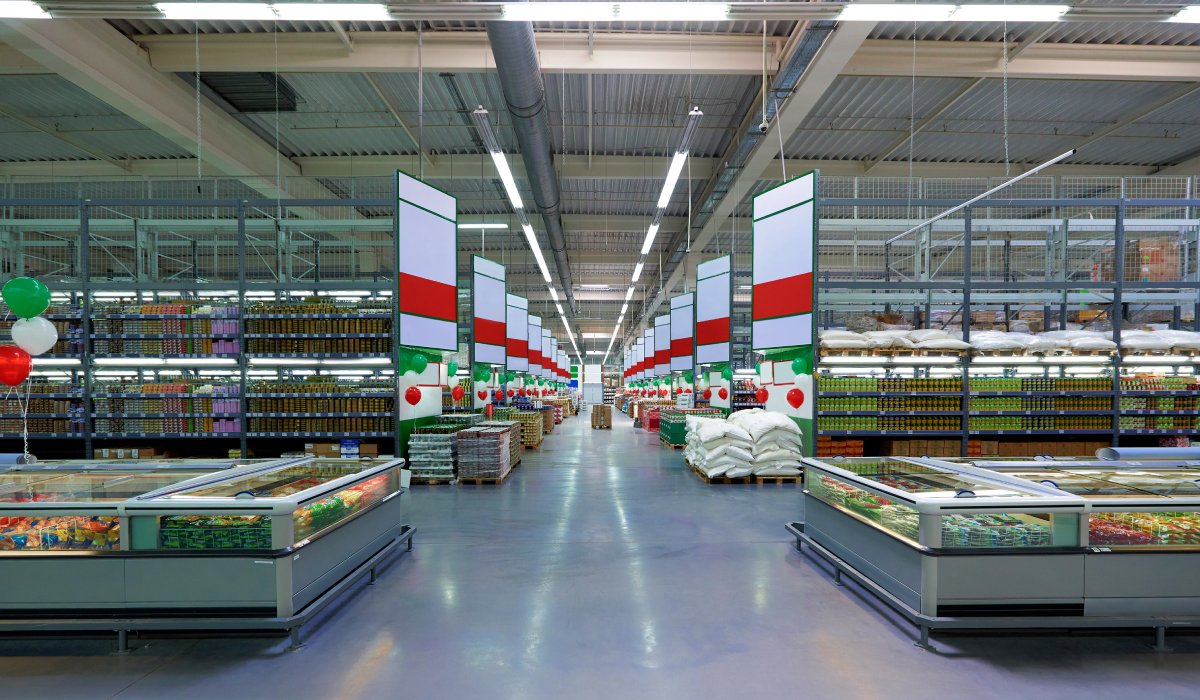In a time when click-and-collect and next-day grocery deliveries are the new norm, efficiency in the grocery supply chain is no longer a backstage choreography; it’s the main event in brand success. This intricate dance involves multiple straight-from-the-farm processes to make sure fresh produce reaches the shelves in time, and the milk is fresh for the picking. The grocery supply chain features many core processes to guarantee brand success and consumer satisfaction, from packaging to delivery and everything in between.
The supply chain for a modern grocery store is like a symphony that requires synchronization between various players and stages to guarantee a perfect performance. From procurement, where suppliers must meet the right quantities and quality control, to warehousing, where products need proper storage for a variety of shelf lives. Furthermore, distribution is another key player, which not only involves the logistics of transport but also manages a time-sensitive schedule of deliveries. Once products reach the retail level, additional considerations such as inventory management and the customer shopping experience come into play.
Peering into the grocery supply chain’s inner machinations, we find the procurement stage is where demand meets supply. In today’s competitive market, retailers must anticipate consumer needs with incredible accuracy. Outdated systems lead to overstocked aisles of yesterday’s favorites or, worse, bare shelves of today’s essentials.
Warehousing is more than just stacking boxes; it’s a strategic ballet that involves constant repositioning of products, inventory rotation, and meticulous safety and quality checks. Conveyors in food processing plants increase safety and quality when moving products through this stage, often equipped with sensors to promise only the best products to make it to the next stop.
And when we talk about distribution, we can’t ignore technology’s pivotal role, from GPS tracking that keeps perishable items on schedule to predictive analytics to preempt potential disruptions in the chain. Retail, the crowning stage of the grocery supply chain, is where customer expectations come face to face with reality. The challenge here is to balance demand forecasting with promotions, shelf life, and the delicate dance of order fulfillment.
Despite the current sophistication of these processes, tomorrow’s grocery supply chain must also grapple with sustainability as green practices increasingly become the consumer’s choice. It’s not just about getting goods from point A to B anymore; it’s about doing it with minimal environmental impact. The grocery supply chain is a complex, evolving organism of core processes that demands constant innovation, integration, and insights, all while juggling the delicate art of moving perishable, consumer-sensitive goods.









